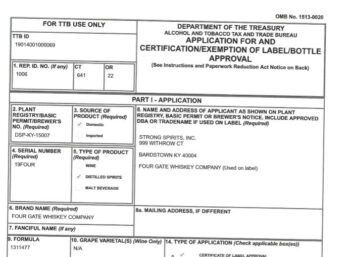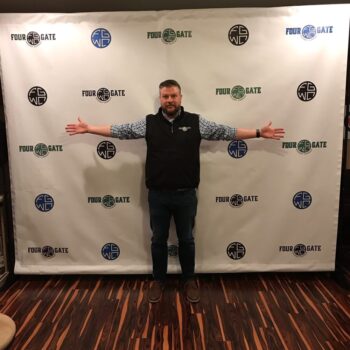This is part IV of an ongoing series. To start from the beginning, please scroll to the bottom of the page.
COLAs
At the end of Part III, I hinted at possible delays thanks to the folks in Washington. I was, of course, referring to the partial government shutdown. Why would that matter to a whiskey label, you ask? Well, in order to print labels and apply for state licenses, a producer needs to get a Certificate of Label Approval from the TTB (a division of the ATF). Basically, that’s government approval that your labels meet all the legal criteria for approval. With the government shut down, the TTB was ominously hinting at 45+ day delays in approvals once the government reopened.
We had submitted our labels, but we really had no clue when or if they would be approved. In what might be (to some) a surprising display of government efficiency, we received our first response only a few days after the government re-opened, and after a minor revision, got final approval just a few days after that.
Permits
Bob went to work right away on state permits for Kentucky and Tennessee. I won’t bore anyone with the details of this stage of launching a brand, but just know that there is very little guidance available on exactly what permits need to be attained and how to apply for them. I’m sure there are consultants available for hire for that sort of thing but at our level, that’s gross overkill. We just wanted a quick tip of “Get these documents and apply for these permits.” Luckily, Bob is blessed with dogged determination and is a smart guy, so he got us through that with minimal headaches.
Distributors

Then we met with distributors. This part made me nervous. How do you sell a brand to a distributor when the brand doesn’t really exist yet? We had a label and we had a story. We even knew what the first batch would be. But what we didn’t have was a product sample. Why? We don’t have a finished product yet.
That, too, turned out to be an unfounded fear. All the distributors we met with in Kentucky were very excited when we told them our story and our angle. The collaboration with kelvin Cooperage was a huge selling point for them. Kelvin’s reputation casts a long shadow on this industry, and their name is a big boon. In the end, we really had our pick of distributors. Even our price point seemed fair to them. We were literally within a dollar of our chosen distributor’s strike price to reach our mutually desired SRP.
The Whiskey
Then the samples started coming in.
At 4 weeks, we tested 2 of the 6 barrels. Holy shitballs. I love it. I very nearly pulled all the liquid into steel tanks to get ready for bottling. But after taking a few days thought, I decided to wait. Over the next 2-4 weeks, I tasted additional samples and the flavors are still improving. In addition to the sherry sweetness on the front of the palate, the rum finish is extending the base whiskey’s only (in my opinion) weakness of a slightly abrupt finish. Ultimately, It’s going to age in these secondary barrels right up to our bottling date.
The Dates
Did I mention we set a bottling date? We did. March 26th, 2019. It’s happening. We even set our release party for investors, friends, and media for April 17th and began planning for that.
What does this mean to everyone else? Simple. It means you’ll see Batch 1 of Four Gate Whiskey, an 11 year old Kentucky Straight Bourbon finished in ex-sherry rum casks and bottled non-chill filtered at full barrel proof on shelves sometime in mid-April. The Kelvin Collaboration is coming, and it’s coming soon. We can’t be more excited.
Four Gate Whiskey is ready to roll, from a legal standpoint.
For More
Also, please check out the Four Gate Whiskey website here!
The rest of the series “Making a Whiskey Label:”












